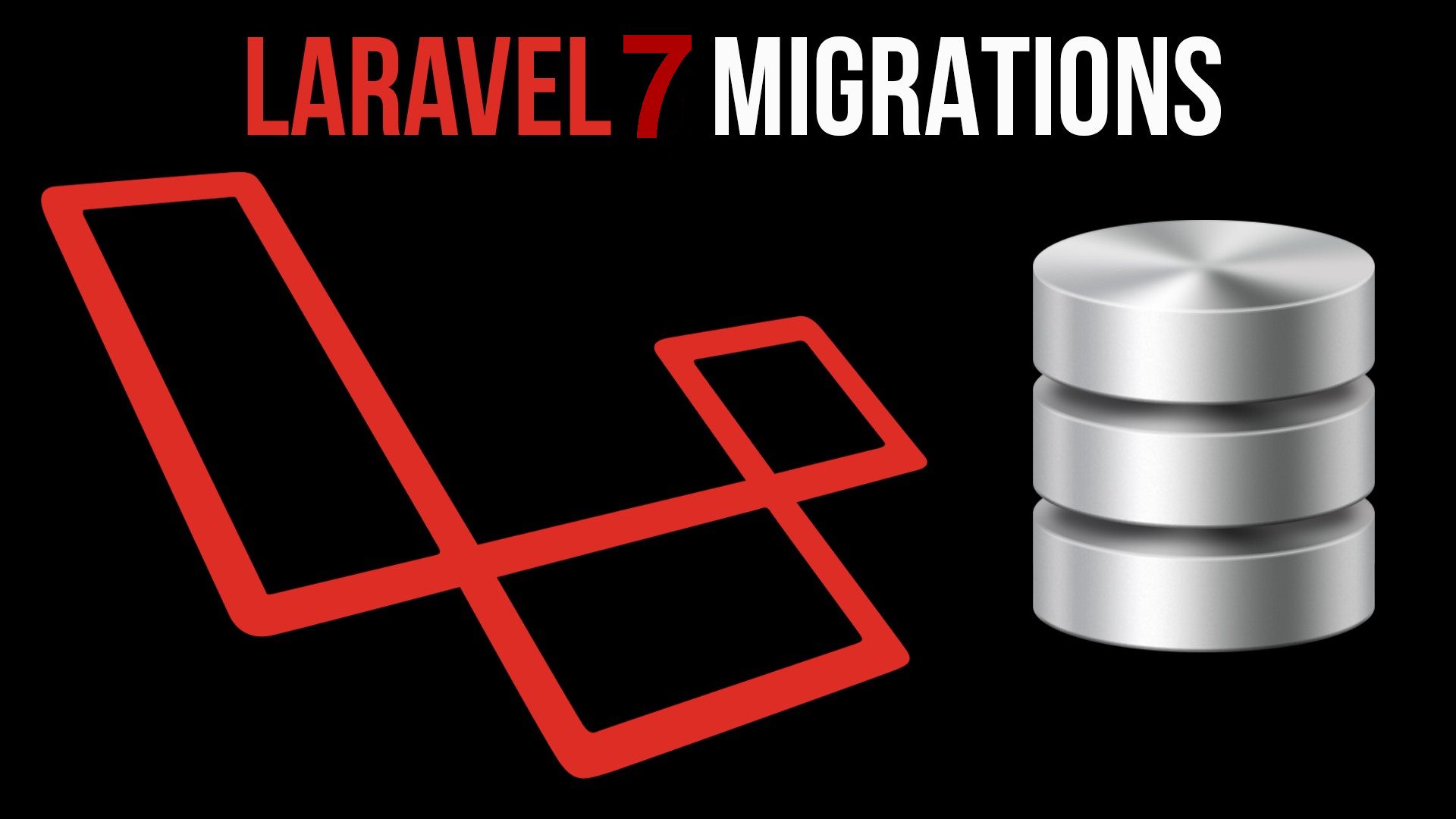
Introduction: In the expansive realm of website development, the terms “domain” and “subdomain” are fundamental building blocks that lay the foundation for an online presence. Let’s embark on a journey to demystify these concepts and explore their significance in the digital landscape.
What is a Domain?
A domain is essentially the unique address of your website on the internet. It serves as the human-readable name that users type into their browsers to access your site. For instance, in the domain “www.yourwebsite.com,” “yourwebsite.com” is the domain. Domains are registered through domain registrars, and they provide an identity to your website on the vast World Wide Web.
Why is a Domain Important?
- Professionalism and Branding:
- A custom domain lends a professional touch to your online presence. It contributes to brand identity and builds trust among visitors.
- Credibility:
- Having your own domain, as opposed to a generic one provided by a hosting service, adds credibility to your website. Users are more likely to trust and engage with a site with a unique domain.
- Search Engine Optimization (SEO):
- Search engines favor websites with custom domains, potentially improving your site’s search engine ranking.
- Consistency:
- A consistent domain makes it easier for users to remember and revisit your site, fostering a sense of familiarity.
What is a Subdomain?
A subdomain is a subset of a larger domain, allowing you to create distinct sections or branches within your website. In the subdomain “blog.yourwebsite.com,” “blog” is the subdomain. Subdomains are commonly used to organize content, create separate sections, or even host entirely different websites under the same domain.
Use Cases for Subdomains:
- Content Organization:
- Utilize subdomains to organize content, such as blogs, forums, or specific departments within your site.
- Multilingual Websites:
- For multilingual websites, subdomains can be employed to host versions of the site in different languages (e.g., en.yourwebsite.com, es.yourwebsite.com).
- Separate Services:
- Host distinct services or applications on subdomains, like “store.yourwebsite.com” for an e-commerce platform.
- Testing and Development:
- Create subdomains for testing and development purposes without affecting the main website.
How to Set Up a Domain and Subdomain:
- Registering a Domain:
- Choose and register a unique domain through a domain registrar.
- Selecting a Hosting Provider:
- Choose a reliable hosting provider to store your website files and data.
- Configuring DNS Settings:
- Configure DNS settings to point your domain to your hosting provider’s servers.
- Creating a Subdomain:
- Most hosting providers offer tools to easily create and manage subdomains within your hosting account.
Conclusion: In the intricate tapestry of website development, domains, and subdomains play pivotal roles in shaping your online presence. A well-chosen domain enhances brand identity, while strategic use of subdomains offers flexibility and organization. As you embark on your digital journey, understanding these concepts empowers you to navigate the web landscape with confidence and clarity. Happy developing!





